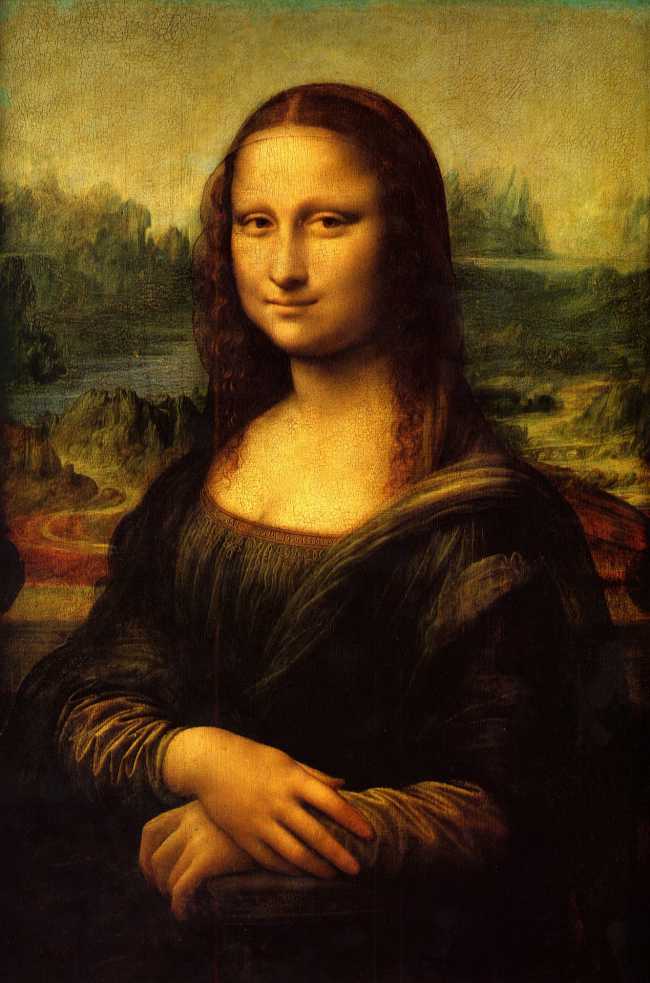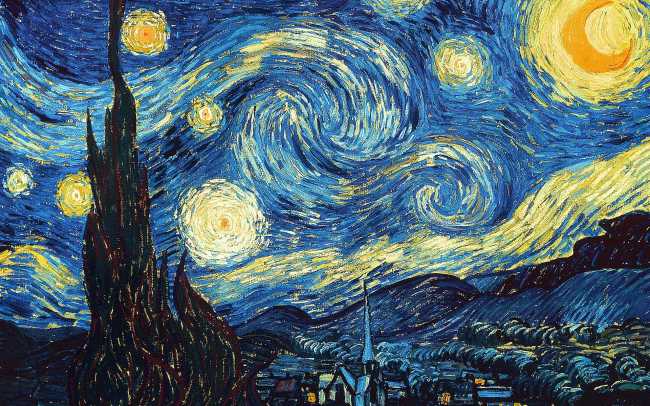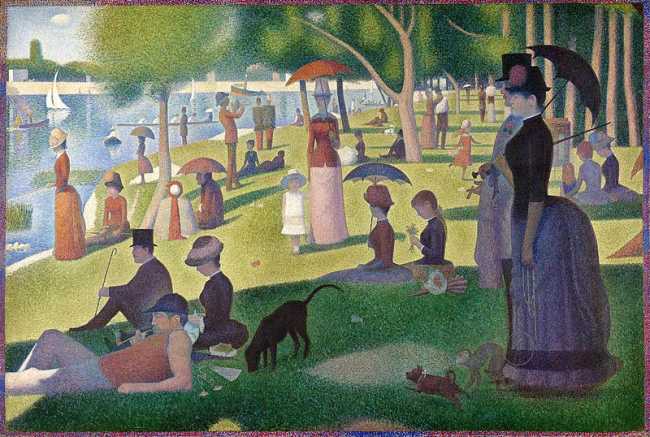Phone: (647) 894 7706
Oil paintings have, by and large, stood the tests of time and continued to grip the public imagination. If one were to think of the most famous paintings in our common history, chances are most of them will be oil paintings. Perhaps this is why oil painting classes are so popular, with every budding artist eager to prove their mettle and rise to the ranks of the great masters.
Indeed, oil paints are the preferred medium of masters. Their seamless blending ability and effervescent quality allow artists to bring life, nuance, and sublimity to their paintings, manipulating oil paints easily to create desired hues, textures, and aesthetics.
Here are some famous examples of this principle at work:

1. Mona Lisa, or La Gioconda
Arguably the most famous example of the technique sfumato, wherein the transition between colours is softened to mimic the effects of the out-of-focus plane, the Mona Lisa perfectly encapsulates the capabilities of oil paints to bring a painting to life. Sfumato was only achieved thanks to the painters of the Renaissance experimenting with oil paints. To this day, countless people continue to be captivated by her enigmatic smile, and reproductions of this famous portrait are still being churned out from oil painting classes everywhere.

2. The Starry Night
Several hundred years after Leonardo da Vinci painted the Mona Lisa came along another painter who would go on to use oil paints in his own unique way, establishing a timeless style that continues to be admired to this day. Many of Van Gogh’s paintings, The Starry Night being the most famous, feature his original take on the Pointillism technique, wherein a multitude of small coloured dots are applied in order to create an illusion of blending from afar. The consistency of oil paints is perfect for this as it allows for seamless layering, adding texture and depth.

3. A Sunday Afternoon on the Island of La Grande Jatte
Perhaps the most famous work of painter Georges Seurat, the Sunday Afternoon is another example of Pointillism, although in a more traditional form. What’s more arresting about this painting is its sheer size, measuring 81.7 inches by 121.25 inches. If one wanted to paint something large, oil paints are the way to go. The slow drying of oil allows you to continue working with blending no matter how long it takes. In oil painting classes, students are normally started off with smaller canvasses first before they can eventually graduate to larger pieces.
As you can see, oil paints are the preferred medium of painters for many reasons. Their versatility is key to their ability to be manipulated and used in a variety of unique ways. Join us today at VR School of Art for oil painting classes and see for yourself how these paints work!